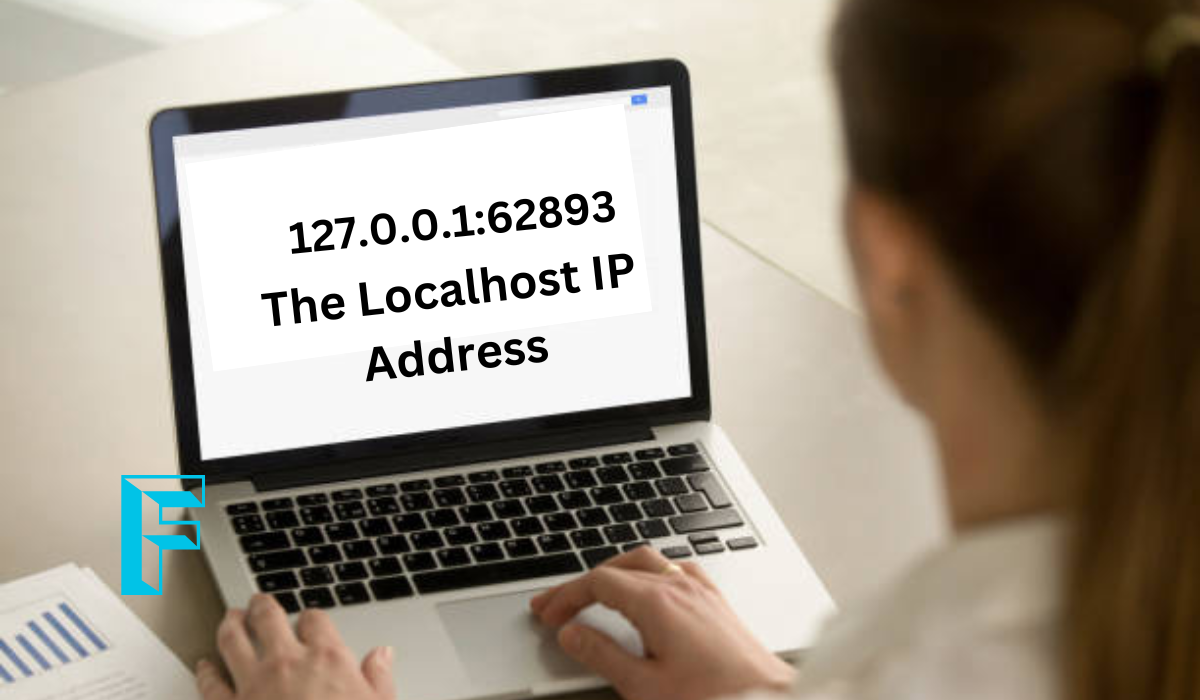Have you ever encountered the cryptic code “127.0.0.1:62893” while troubleshooting software or delving into technical documentation? While it may seem complex, understanding its components unlocks a fundamental concept in computing: internal communication on your device. This article breaks down 127.0.0.1:62893 into its parts, explains its significance, and explores potential applications and troubleshooting tips.
Decoding the Address: IP and Port
127.0.0.1 is a special IP address known as the localhost. Imagine your computer as a building. An IP address functions like a unique address assigned to each resident. However, the localhost is different. It’s a special address that points back to itself, allowing programs on your device to communicate internally without needing an external connection.
62893 is the port number. Think of ports as specific doorways within your building. Different programs use designated ports to send and receive data. Port 62893 isn’t as common as others, but it’s sometimes used by a program called Memcached.
Here’s a table summarizing the components:
| Component | Description |
|---|---|
| 127.0.0.1 | Localhost IP address (points back to the device itself) |
| 62893 | Port number (potentially used by Memcached) |
drive_spreadsheetExport to Sheets
Combined, 127.0.0.1:62893 signifies communication between a program or service on your device and another process running internally, utilizing port 62893 on the localhost.
Benefits of Local Communication
Local communication offers several advantages:
- Efficiency: Data transfer between programs on the same device is faster compared to external communication over a network.
- Security: Internal communication stays within your device, minimizing potential security risks associated with external connections.
- Isolation: Programs can test functionalities or exchange data in a controlled environment without affecting other programs or external systems.
When Might You Encounter 127.0.0.1:62893?
Here are some scenarios where you might encounter 127.0.0.1:62893:
- Software Development: Developers might use tools that communicate with a local Memcached server running on port 62893 to cache data for faster retrieval during development or testing.
- Error Messages: If a program attempts to connect to a Memcached server on the localhost but fails, you might see an error message referencing 127.0.0.1:62893.
Troubleshooting Tips
If you encounter issues related to 127.0.0.1:62893, here are some troubleshooting steps:
- Verify Memcached: If you suspect a Memcached issue, check if it’s running on your device and configured to use port 62893.
- Firewall Restrictions: Ensure your firewall isn’t blocking access to port 62893 for legitimate applications.
- Conflicting Programs: If another program is already using port 62893, it might conflict with Memcached. Try temporarily disabling other programs to identify potential conflicts.
FAQs on 127.0.0.1:62893
- Is it safe to see 127.0.0.1:62893?
Yes, seeing 127.0.0.1:62893 generally indicates internal communication on your device and doesn’t pose a security threat.
- What if I don’t use Memcached?
That’s okay. The localhost address (127.0.0.1) is used for various purposes. You might encounter it even if you don’t use Memcached.
- How do I find out what’s using port 62893?
There are tools specific to your operating system that can help identify programs using a particular port.
Conclusion
Understanding 127.0.0.1:62893 sheds light on how programs communicate internally on your device. It’s a fundamental concept used for development, testing, and secure data exchange within your device. By recognizing its components and potential applications, you’ll be better equipped to troubleshoot technical issues or simply navigate technical documentation with greater ease.

